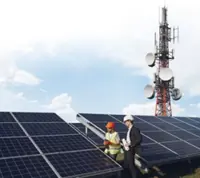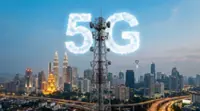The country’s 5G network is set to kick off by the end of this year through an ambitious single-owner model to accelerate deployment and lower costs. Mobile network operators are meant to tap on this network. Consumers can expect more innovative services and offerings from them.
Malaysia’s journey in rolling out 5G telecommunication services has been one peppered with controversy.
The initial consortia method was met with derision from the industry, with players jostling to be in the driver’s seat in the rollout of the next great money spinner for the telecommunications industry.





